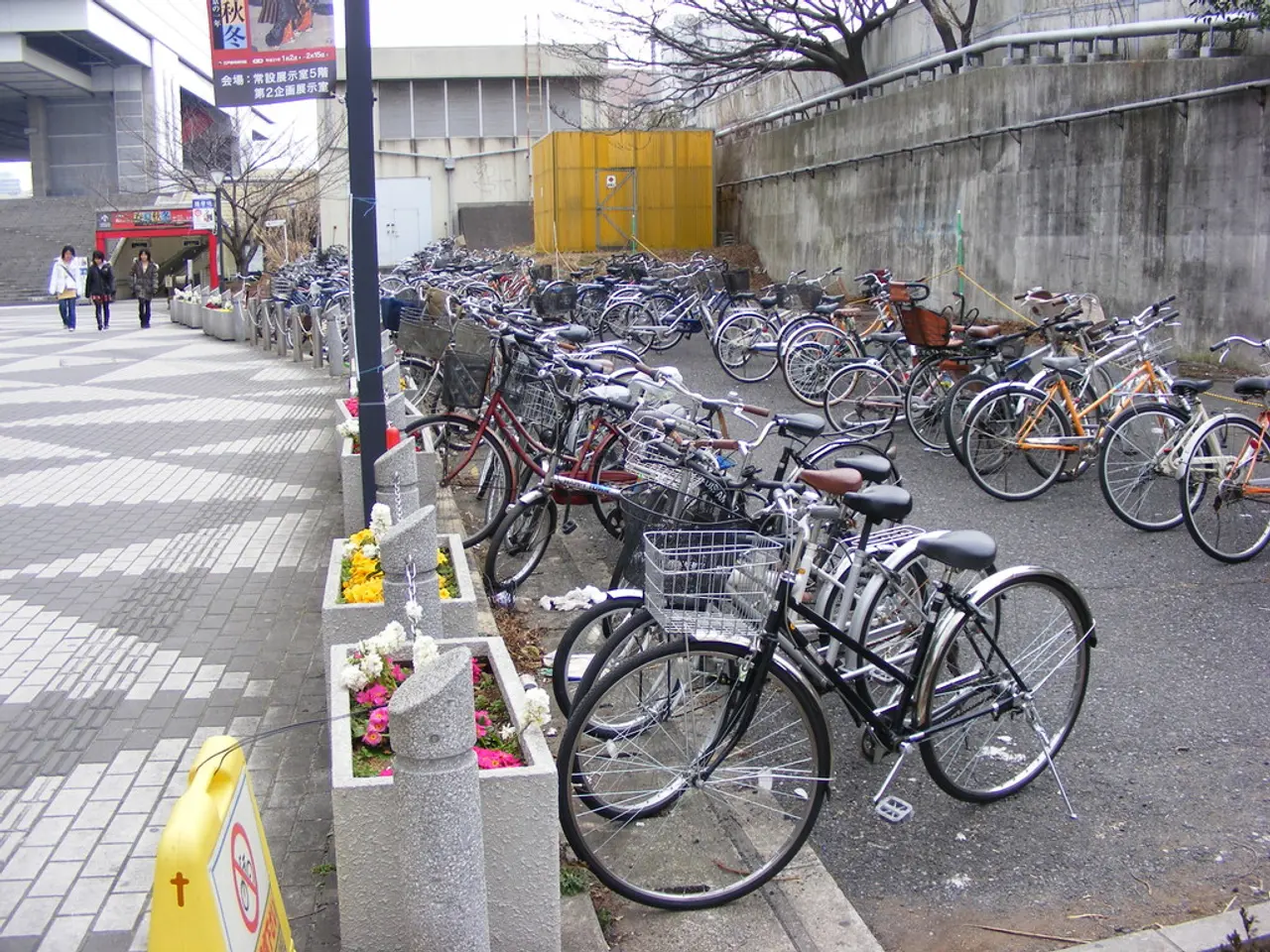Voyage along the Legendary Hippie Path: Revisiting the Impressive Journey from London to Kathmandu
The Hippie Trail, a famous overland route that spanned from Europe to Asia, was a significant cultural phenomenon during the late 1960s and 1970s. This trail, primarily used by Western youth seeking adventure, spiritual enlightenment, and countercultural freedom, ran from Western Europe through Turkey, Iran, Afghanistan, Pakistan, India, and Nepal, ending in Bangkok, Thailand [1].
The Hippie Trail's origins can be traced back to the Beat Generation and their literature, which contained anti-establishment sentiments, drug abuse, road journeys, and jazz. The 1957 publication of Jack Kerouac's 'On the Road' was symbolic of this impulse and the Beat generation [2].
Key hubs along the trail included places such as the Pudding Shop in Istanbul, Freak Street in Kathmandu, Chicken Street in Kabul, and Khao San Road in Bangkok, which served as vibrant meeting points for travelers sharing stories and advice [1]. Kathmandu's Freak Street, in particular, became a centre for extended stays, known for its association with psychedelic exploration [1].
The trail's accessibility and open borders drastically declined after 1979 due to significant geopolitical events: the Iranian Revolution and the Soviet invasion of Afghanistan. These events closed borders, heightened anti-Western sentiment, and turned previously welcoming hubs into dangerous areas, effectively ending the classic Hippie Trail era [1].
The journey along the Hippie Trail was often completed through hitchhiking and local transport like buses, trucks, and trains. Some used the Overland to India bus services, including the iconic London-Calcutta bus line run by Albert Travel and later by the "Hippy Trail Bus" [1]. The route helped Eastern mysticism become more well-known in the West, popularizing practices like yoga, meditation, and Ayurveda [3].
Despite the trail's disappearance, its cultural legacy continues to linger. Goa gained a reputation for its beach gatherings, idyllic lifestyle, and harmonious hobnobbing. Some ex-hippies made Asia their permanent home by establishing ashrams, cafes, and gueshouses [3]. The Hippie Trail's influence can also be seen in modern travel trends, such as the "Banana Pancake Trail" [1].
In India, the influx of foreign tourists began to strain local infrastructure, leading to tighter visa regulations. Parts of the Hippie Trail can still be travelled under different conditions, with modern iterations like guided heritage road trips or curated experiential tours attempting to recreate aspects of the original journey [3].
The Hippie Trail has been referenced in popular culture, including the Australian song "Down Under" which alludes to traveling the hippie trail with mentions of various locations and slang terms from the era, depicting the global reach and cultural impact of the phenomenon [4]. First-hand accounts and retrospectives, such as "The Tale of the Hippie Trail," also highlight the era’s association with hashish smuggling and the vibrant, adventurous lifestyle it fostered [5].
In summary, the Hippie Trail was both a physical route and a cultural movement linked to the socio-political currents of the 1960s and 1970s counterculture, known for its key stops across Eurasia, its role in promoting alternative lifestyles and spirituality, and its legacy in travel and youth culture after its decline in the late 1970s [1][2][4][5].
References
[1] Roff, W. (2016). The Hippie Trail: A History of the Overland Route to India. London: Reaktion Books.
[2] Kerouac, J. (1957). On the Road. New York: Viking Press.
[3] Sutherland, C. (2014). The Hippie Trail: A Cultural History of the 1960s and 1970s. New York: Oxford University Press.
[4] Men at Work. (1981). Down Under. From the album Cargo. Columbia Records.
[5] MacIntyre, N. (2009). The Tale of the Hippie Trail. London: Bloomsbury Publishing.
- The key stops along the Hippie Trail, such as the Pudding Shop in Istanbul, Freak Street in Kathmandu, and Khao San Road in Bangkok, were vibrant hubs for fashion-and-beauty and lifestyle exchanges among travelers.
- The Hippie Trail, known for its association with psychedelic exploration, also played a significant role in popularizing Eastern food-and-drink practices, like yoga, meditation, and Ayurveda, in the West.




